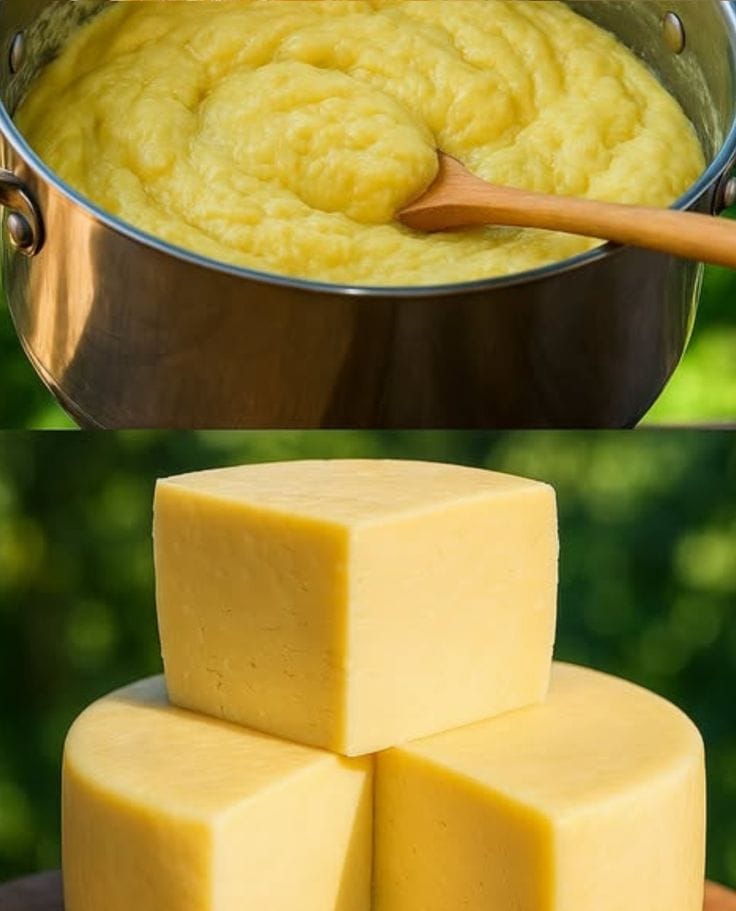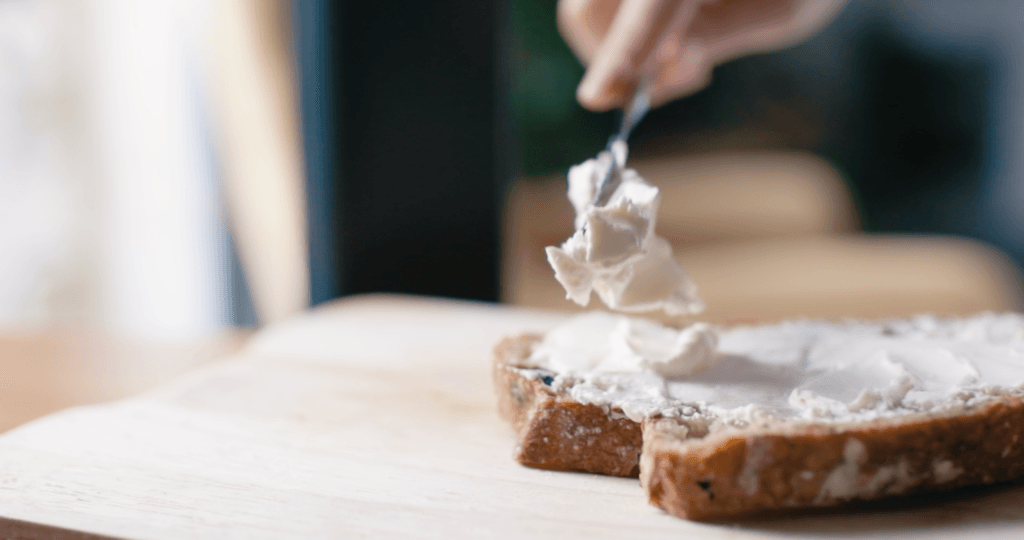Introduction
Have you ever dreamed of making your own cheese at home? What if I told you that you don’t need any fancy equipment, rare ingredients, or complicated techniques? You can make incredibly delicious homemade cheese with just two basic ingredients: milk and vinegar. That’s right—don’t buy cheese anymore! With this simple method, you’ll create fresh cheese that rivals any store-bought option.
In this article, we’ll walk you through the entire process of making homemade cheese with milk and vinegar. You’ll learn why this method works, what type of milk to use, how to choose the right vinegar, and tips to enhance the flavor of your cheese. Plus, we’ll share creative ways to use your homemade cheese in delicious recipes.
Ready to get started? Let’s dive in!
Why Make Homemade Cheese?
Making cheese at home may sound intimidating, but it’s surprisingly easy and incredibly rewarding. Here are a few reasons why more people are turning to homemade cheese recipes:
- Cost Savings: Store-bought cheese can be expensive, especially artisanal varieties. Making your own cheese with milk and vinegar is affordable and budget-friendly.
- Freshness: Homemade cheese is incredibly fresh, with a flavor and texture that surpasses most commercial cheeses.
- Control Over Ingredients: You can choose high-quality milk, avoid preservatives, and customize the flavor to your liking.
- Fun and Satisfying: The process of transforming milk into cheese is fun and educational. It’s a great activity to do with kids or as a weekend project.
The Science Behind Milk and Vinegar Cheese
You might wonder: how is it possible to make cheese with just milk and vinegar?
The answer lies in the chemistry of milk. Milk contains casein proteins that are naturally suspended in liquid form. When you add an acid like vinegar, it changes the pH of the milk, causing the proteins to coagulate (clump together) and form curds. These curds are the basis of your cheese. The remaining liquid, known as whey, is separated and can be used in other recipes.
This simple reaction is the foundation of many traditional cheeses around the world. By understanding this process, you’ll be able to make homemade cheese with confidence.
Ingredients for Homemade Cheese
To make homemade cheese with milk and vinegar, you only need a few basic ingredients and supplies:
Ingredients:
- 1 gallon of whole milk (preferably organic and not ultra-pasteurized)
- 1/4 cup of white distilled vinegar or apple cider vinegar
- Salt to taste (optional)
Equipment:
- Large heavy-bottomed pot
- Wooden spoon
- Cheesecloth or a clean kitchen towel
- Colander
- Large bowl

How to Choose the Right Milk and Vinegar
Milk:
For the best results, use whole milk. The higher fat content gives your cheese a rich, creamy texture. You can also experiment with 2% milk, but the yield and flavor will be less robust.
Avoid ultra-pasteurized milk, as the high heat used in this process can damage the proteins and prevent proper curd formation. Look for milk labeled “pasteurized” or “raw” if allowed in your area.
Vinegar:
You can use several types of vinegar to make homemade cheese:
- White distilled vinegar: neutral flavor, reliable results
- Apple cider vinegar: slightly fruity flavor, adds complexity to the cheese
- White wine vinegar: mild and pleasant taste
Avoid flavored or dark vinegars, as they can alter the color and taste of your cheese.
Step-by-Step Guide: How to Make Homemade Cheese
Follow this simple guide to create delicious homemade cheese with milk and vinegar:
1. Heat the Milk
Pour the milk into a large heavy-bottomed pot. Heat it slowly over medium heat, stirring occasionally to prevent scorching.
Bring the milk to a gentle simmer—about 185°F to 195°F (85°C to 90°C). If you don’t have a thermometer, look for small bubbles forming around the edges, but do not let it boil.
2. Add the Vinegar
Once the milk reaches the proper temperature, turn off the heat.
Slowly pour in the vinegar while gently stirring with a wooden spoon. You should see the milk begin to separate into curds and whey almost immediately. The curds are the white clumps, and the whey is the yellowish liquid.
If the milk doesn’t fully separate, add a little more vinegar, one tablespoon at a time, until you see clear separation.
3. Let It Sit
Allow the mixture to sit undisturbed for 10–15 minutes. This resting period helps the curds firm up, making them easier to strain.
4. Strain the Curds
Line a colander with cheesecloth or a clean kitchen towel and place it over a large bowl.
Carefully pour the curds and whey into the lined colander. Let the whey drain off for 5–10 minutes or longer, depending on how firm you want your cheese.
For softer cheese, drain less. For firmer cheese, let it drain longer or gently press the curds with a spoon.
5. Season and Store
Transfer the cheese curds to a bowl and season with salt to taste.
You can enjoy the cheese immediately or refrigerate it in an airtight container for up to one week.
Tips for Perfect Homemade Cheese
To ensure the best results when making homemade cheese with milk and vinegar, keep these tips in mind:
- Use high-quality milk for superior flavor and texture.
- Don’t boil the milk—gentle heat is key to good curd formation.
- Stir gently when adding vinegar to avoid breaking the curds.
- Adjust draining time based on your texture preference (soft, spreadable cheese or firm, crumbly cheese).
Creative Flavor Variations
Once you master the basic recipe, you can customize your homemade cheese with exciting flavor variations:
- Herbs: Add chopped fresh herbs like chives, basil, dill, or parsley.
- Spices: Mix in cracked black pepper, smoked paprika, or garlic powder.
- Sweet: For a sweet version, blend in honey and cinnamon.
Experiment to find your favorite combinations!
Delicious Ways to Use Homemade Cheese
Your fresh homemade cheese is incredibly versatile. Here are some delicious ways to enjoy it:
- Spread on toast or crackers with a drizzle of olive oil
- Crumble over salads for added richness
- Stuff into pasta shells or use in lasagna
- Add to omelets or scrambled eggs
- Top pizza or flatbreads for a fresh cheese finish
- Blend with herbs and yogurt to create a creamy dip
Once you start using your homemade cheese, you’ll find endless ways to incorporate it into your meals.
Health Benefits of Homemade Cheese
Besides being delicious, homemade cheese made from milk and vinegar offers several health benefits:
- High in Protein: Supports muscle growth and repair
- Rich in Calcium: Essential for strong bones and teeth
- Low in Additives: No preservatives, artificial flavors, or unnecessary ingredients
- Customizable: Control salt content to suit your dietary needs
Enjoy your homemade cheese as part of a balanced diet and savor the nutritional benefits.
Frequently Asked Questions
1. Can I use lemon juice instead of vinegar?
Yes! Lemon juice works well as an acid for making cheese and adds a subtle citrus flavor.
2. How long does homemade cheese last?
Your homemade cheese will keep in the refrigerator for about 5–7 days. Store it in an airtight container for best results.
3. What can I do with the leftover whey?
Don’t throw it away! Whey is rich in protein and can be used in:
- Smoothies
- Soups and stews
- Bread baking
- Cooking grains like rice or quinoa
4. Can I make cheese with non-dairy milk?
This method relies on casein proteins found in dairy milk. Non-dairy milks do not behave the same way, so this technique won’t work with plant-based alternatives.
Conclusion
Now that you know how simple it is to make homemade cheese with milk and vinegar, why not give it a try? You don’t need to buy cheese when you can create fresh, delicious cheese right in your own kitchen.
With minimal ingredients and a little time, you’ll enjoy the satisfaction of crafting your own cheese. Plus, you can experiment with flavors and textures to suit your taste.
So the next time you find yourself reaching for a block of cheese at the store, remember this easy method. Just add vinegar to milk—and watch the magic happen!

